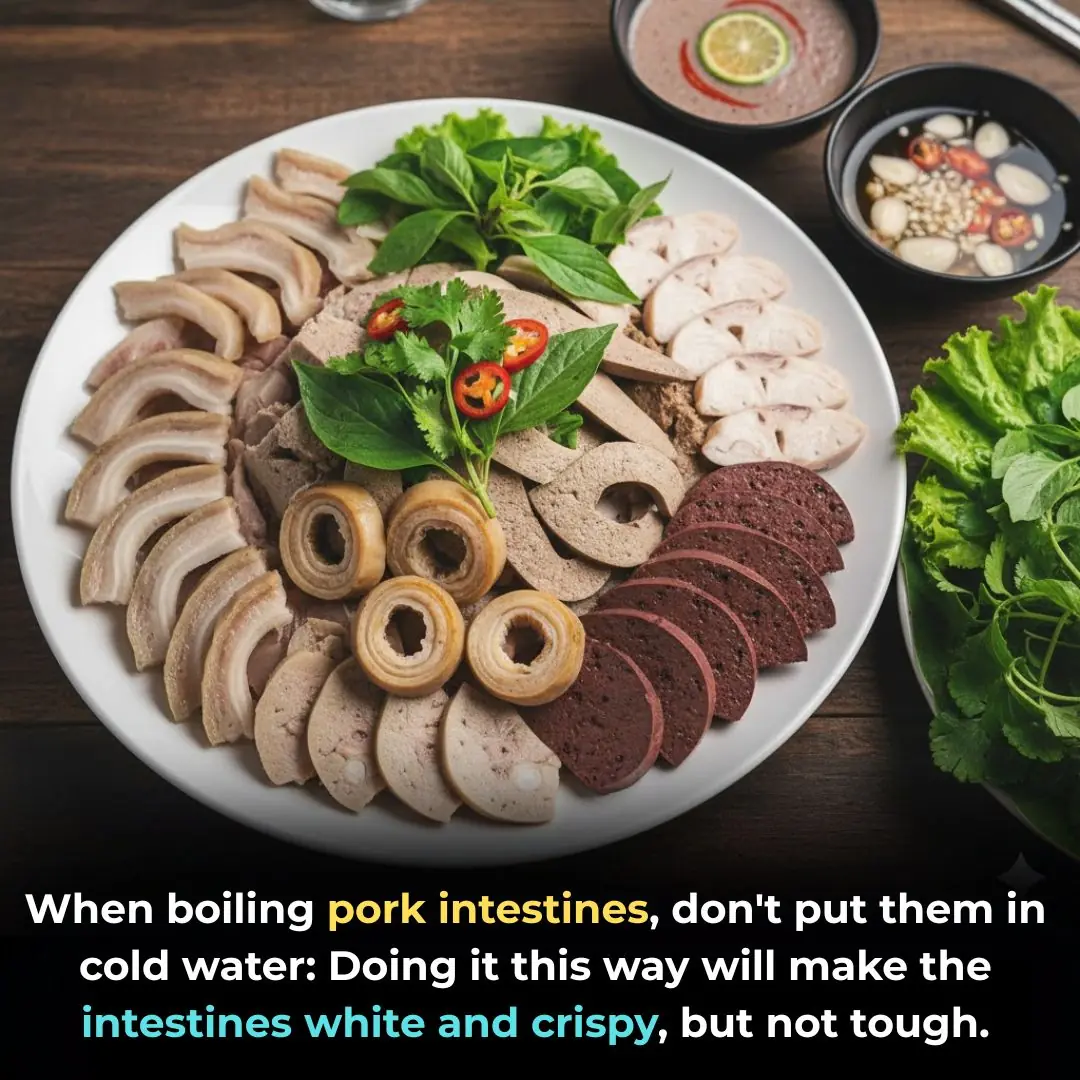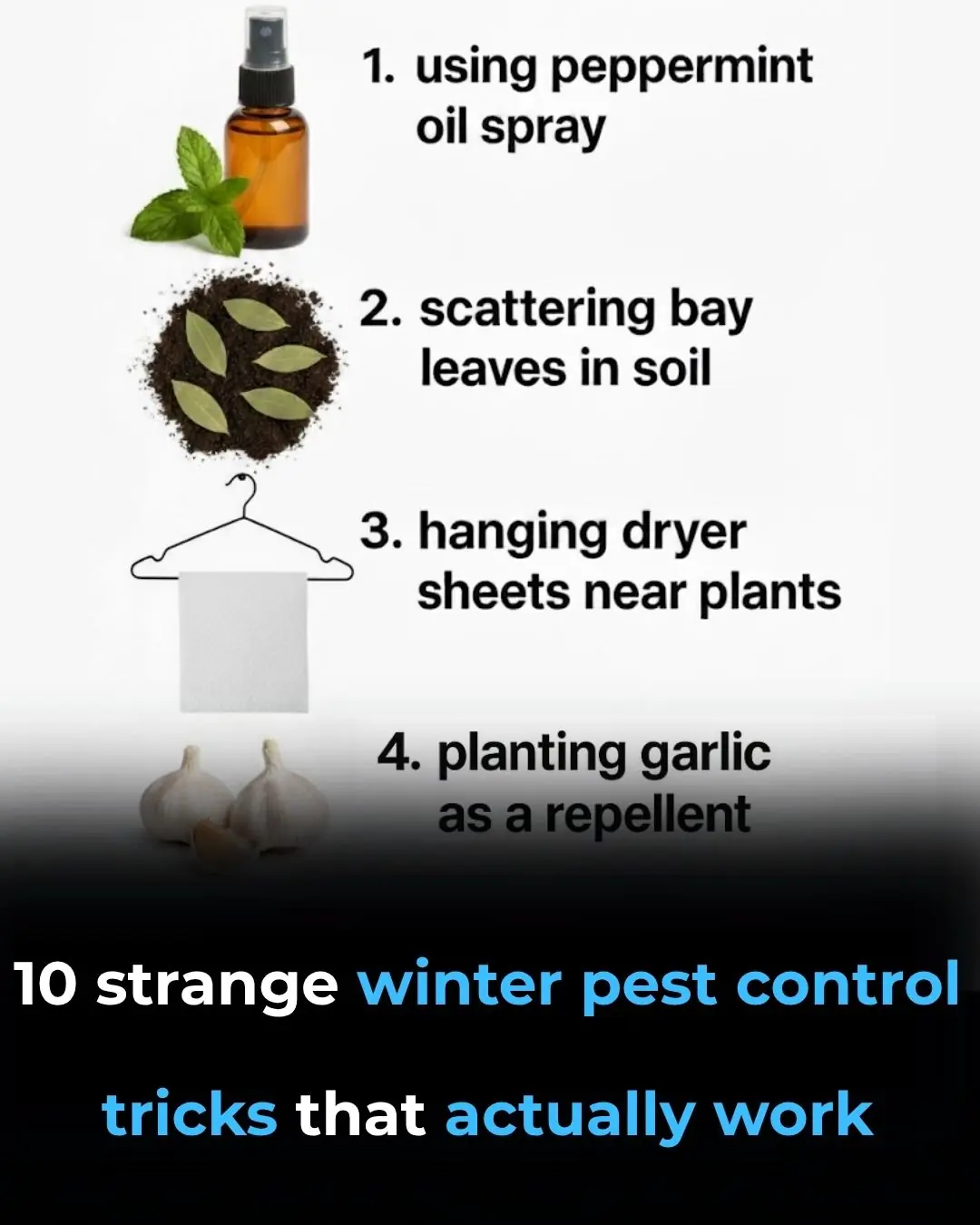
Stop cooking these 10 things in the microwave
In today’s fast-paced world, the microwave has become a staple in kitchens, prized for its convenience and speed. It allows us to heat meals in minutes, reheat leftovers, and even cook certain foods quickly. However, not all foods are suitable for microwave cooking, as this method can sometimes compromise their nutritional value, safety, and taste. While it may be tempting to throw everything into the microwave, understanding which foods are best avoided can help you maintain a healthier, safer, and more enjoyable cooking routine.
From nutrient degradation to potential health hazards, microwaving can sometimes do more harm than good. In this article, we’ll explore eleven items you should avoid microwaving, explain why, and provide healthier cooking alternatives to maximize both safety and nutrition.
1. Broccoli: Losing Valuable Antioxidants
Microwaving broccoli can drastically reduce its nutritional content, particularly its antioxidants. A 2003 study revealed that microwaving broccoli in water can destroy up to 97% of its flavonoids—key compounds that help fight inflammation and reduce the risk of chronic diseases. In contrast, steaming broccoli preserves most of these valuable nutrients.
To maximize broccoli’s health benefits, consider steaming, blanching, or stir-frying it lightly. These methods maintain its vibrant green color, crisp texture, and nutrient density. Adding a squeeze of lemon juice after cooking can further enhance absorption of certain vitamins like vitamin C.
2. Rice: A Hidden Bacterial Risk
Cooking rice in the microwave may seem convenient, but it can present serious food safety risks. Rice often contains spores of Bacillus cereus, a bacterium that can survive the cooking process. If rice is left at room temperature after cooking, these spores can multiply and produce toxins that cause food poisoning.
To ensure safety, cook rice thoroughly and refrigerate leftovers immediately. Reheat rice to a high temperature on the stovetop rather than the microwave to ensure any harmful bacteria are effectively destroyed. When storing rice, divide it into smaller portions to cool it more quickly and evenly.
3. Eggs: The Danger of Explosions
Microwaving eggs can be messy and even dangerous. Whole eggs in their shells can explode due to steam buildup, while cracked eggs can burst if heated unevenly. This is a common cause of microwave mishaps.
For safer alternatives, cook eggs on the stovetop using boiling, poaching, scrambling, or frying. These methods provide consistent heat, eliminate the risk of explosions, and allow for more control over the texture and flavor of your eggs.
4. Grapes: A Fire Hazard
Microwaving grapes is not only unsafe but can also be dangerous. Grapes can produce plasma—a high-energy state of matter—when microwaved, which can create sparks and even ignite a fire inside your microwave.
To enjoy warm grapes safely, gently heat them in a pan or oven. This method allows for controlled, even warming without risking sparks or damage to your appliance.
5. Breast Milk: Uneven Heating
Microwaving breast milk can create hot spots, which can scald a baby’s mouth. The rapid and uneven heating also degrades sensitive nutrients and antibodies, diminishing the milk’s health benefits.
The safest way to warm breast milk is by placing the bottle in a bowl of warm water or using a bottle warmer. This gentle approach ensures the milk is heated evenly and retains its vital nutrients.
6. Potatoes: Risk of Botulism
Microwaving potatoes seems harmless, but it can become dangerous if they are wrapped in foil and left at room temperature. This creates an anaerobic environment where Clostridium botulinum, the bacteria that cause botulism, can thrive.
For safety, cook potatoes in the oven or microwave them unwrapped and eat them immediately. Refrigerate any leftovers promptly and reheat thoroughly before consuming. Avoid leaving cooked potatoes in a warm or enclosed space.
7. Hot Peppers: Airborne Irritation
Microwaving hot peppers can release capsaicin, the chemical responsible for their heat, into the air. This can irritate your eyes, nose, and throat, similar to pepper spray, and can make your kitchen uncomfortable or even hazardous to breathe in.
Safer alternatives include roasting or sautéing peppers on the stovetop, where heat is controlled and airborne irritants are minimized. Wearing gloves while handling peppers also prevents skin irritation.
8. Whole Carrots: Formation of Harmful Compounds
High heat in microwaves can alter the chemical composition of whole carrots. While the risk is relatively low, microwaving may change nitrate content and potentially form nitrosamines, compounds linked to cancer.
Steaming or roasting carrots preserves their natural sweetness, texture, and nutrients while reducing the risk of harmful compound formation. Cutting carrots into smaller pieces before cooking also ensures more even heat distribution.
9. Processed Meats: Nitrate Concerns
Microwaving processed meats like bacon, sausages, or deli meats can produce harmful nitrosamines due to their nitrate and nitrite content. These compounds have been associated with an increased risk of cancer.
For a safer approach, grill or bake processed meats, allowing excess fat to drain away. Consider purchasing nitrate-free or low-nitrate options to further minimize health risks. Pairing them with antioxidant-rich vegetables can also help neutralize harmful compounds.
10. Styrofoam Containers: Chemical Leaching
Heating food in Styrofoam containers can cause them to break down, releasing harmful chemicals such as styrene into the food. Styrene is a potential carcinogen, and consuming contaminated food may pose health risks over time.
Always transfer food to microwave-safe glass, ceramic, or BPA-free containers before heating. These materials can withstand high temperatures without leaching chemicals, keeping your meals safe and healthy.
11. Fish: Nutrient Loss and Texture Issues
Microwaving fish can lead to uneven cooking, nutrient loss, and poor texture. Important omega-3 fatty acids, which support heart and brain health, can degrade under microwave heat. Fish may also become rubbery or dry, losing its delicate flavor.
Baking, grilling, steaming, or poaching fish ensures even cooking while preserving its nutrients, moisture, and flavor. Marinating fish before cooking can further enhance taste and tenderness, making it a far more enjoyable meal than a microwave-cooked alternative.
Conclusion
While the microwave is a remarkable tool for quick meals, not every food benefits from this method. Understanding the limitations of microwave cooking can help you maintain the nutritional quality, safety, and flavor of your meals. By choosing safer cooking methods like steaming, baking, grilling, or stovetop preparation, you can enjoy healthy, delicious meals without compromising your well-being or the performance of your microwave.
News in the same category


7 Affordable Fruits That Are Surprisingly Good for Fatty Liver – Everyone Should Know

If you drink lemon water every morning, this is what happens to your body

Stop wasting money on these 10 things

Simple way to repel cockroaches

Washing Machine Full of Dirt and Bacteria? Pour One Bowl of This Inside — It’ll Be Spotless and Fresh Like New!

Stop organizing these 10 things backwards

The Silica Gel Pack You Always Throw Away Has 6 “Magical” Uses: Great for Your Health and Elevates Everyday Life

Put ice cubes in to cook rice: The seeds are delicious and chewy

Knowledge of how a water filter can become a disease site

When boiling pork intestines, don't put them in cold water: Doing it this way will make the intestines white and crispy, but not tough.

Bone stew, simmered bones for this dish, the meat is tender and the broth is sweet and clear.

Last weekend, I made grilled ribs like this to treat my guests. Everyone exclaimed because it was so delicious.

When you buy pork, don't wash it in water right away. If you do this, the meat will stay fresh and delicious for a whole month.

Don't put ripe bananas in the refrigerator right away: Do it this way, and they will stay fresh for a whole month, without turning black or spoiling.

Sour star fruit soaked in rock sugar has great effects?

Crush a handful of these leaves and put them in the room

Help! My 8-year-old was bitten by this strange bug, and I’m really worried. My sister-in-law nearby has seen similar ones. Any idea what it is?

You’re doing it all wrong. Here’s the right way to wash pillows
News Post

YOUR FEET ARE A 'BLOOD SUGAR METER' BEWARE OF DIABETES IF YOU FREQUENTLY EXPERIENCE THESE 12 SYMPTOMS

My nana taught me this hack to remove blackheads in 2 mins with 0 work. Here’s how it works

7 Affordable Fruits That Are Surprisingly Good for Fatty Liver – Everyone Should Know

10 Weird Winter Pest Control Tricks That Actually Work

Put Two Glasses on the Door Handle — A Small Action That Brings Big Safety Benefits

Rats Running on the Ceiling? Try These Simple Tricks to Get Rid of Them for Good

How Long Can You Keep Frozen Meat? Here’s the Answer

Drink Coffee at These Four “Golden” Times of Day for Maximum Benefit: Your Liver, Digestion and Whole-Body Health Get a Boost

If you drink lemon water every morning, this is what happens to your body

Stop wasting money on these 10 things

Simple way to repel cockroaches

Washing Machine Full of Dirt and Bacteria? Pour One Bowl of This Inside — It’ll Be Spotless and Fresh Like New!

Stop organizing these 10 things backwards

The Silica Gel Pack You Always Throw Away Has 6 “Magical” Uses: Great for Your Health and Elevates Everyday Life

The Hidden Consequences of a S*xless Life

Put ice cubes in to cook rice: The seeds are delicious and chewy

Knowledge of how a water filter can become a disease site

When boiling pork intestines, don't put them in cold water: Doing it this way will make the intestines white and crispy, but not tough.
